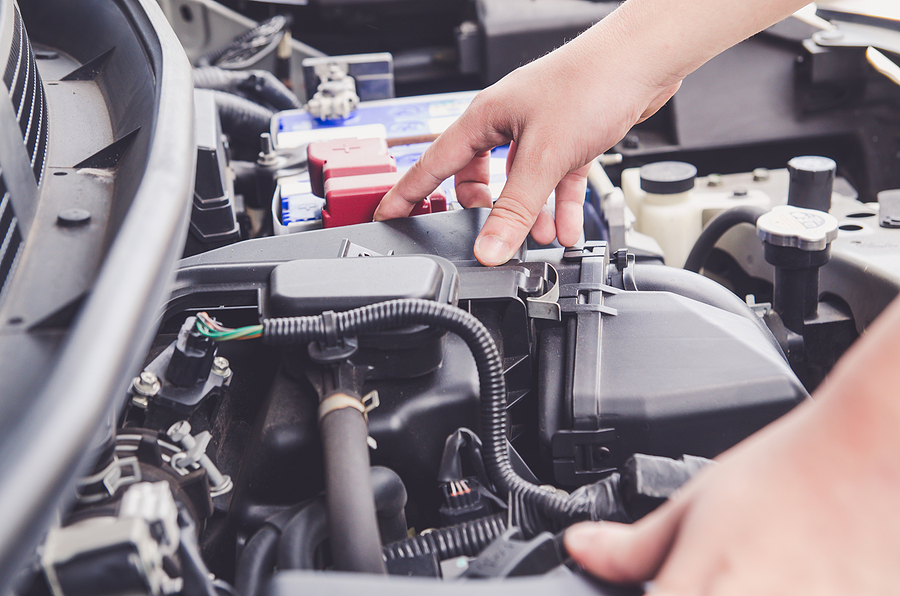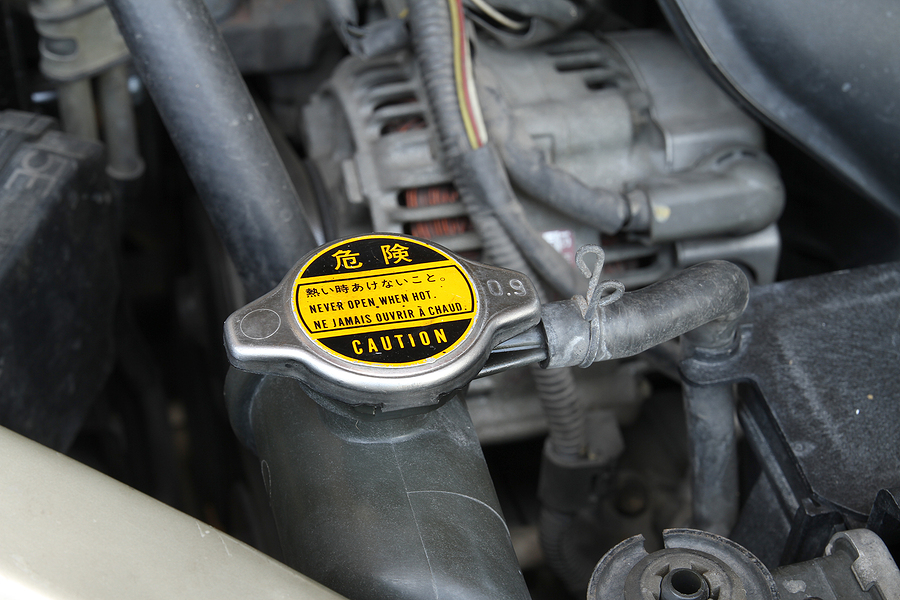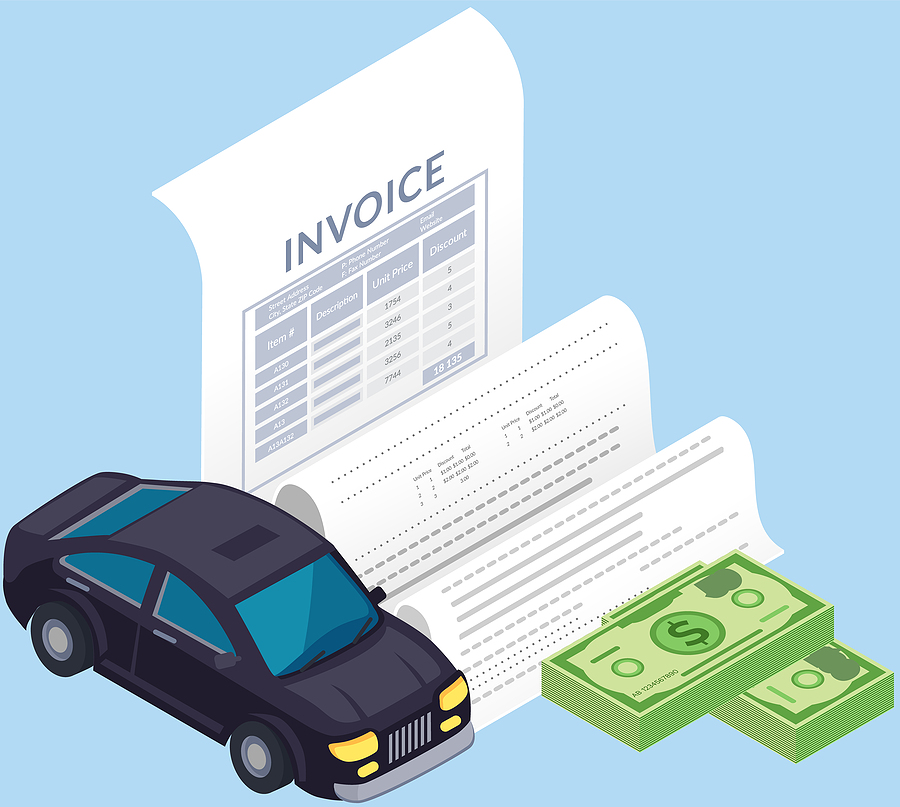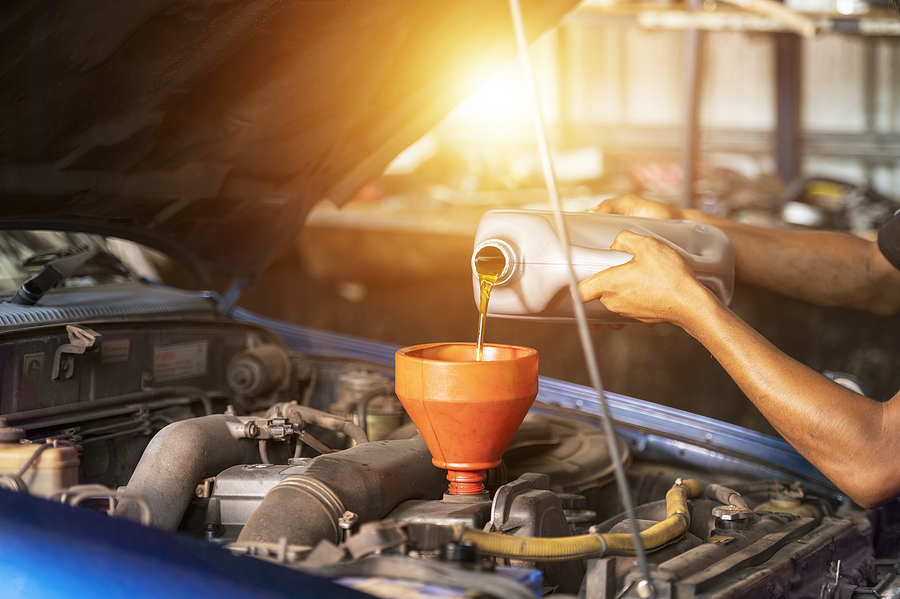Your car hums along beautifully for months, then suddenly leaves you stranded on a busy highway with steam pouring from under the hood. This scenario plays out thousands of times each day across America, and in most cases, it could have been prevented with proper automotive maintenance.
Regular car maintenance isn’t just about keeping your vehicle running—it’s about protecting your investment, ensuring your safety, and avoiding costly surprises that can drain your wallet. The Car Care Council reports that 84% of vehicles need some type of service or repair, often due to neglected maintenance. Meanwhile, AAA data shows that car owners who skip routine maintenance are significantly more likely to face repairs costing $500 or more.
Understanding your factory scheduled maintenance requirements and following them consistently can mean the difference between years of reliable transportation and unexpected breakdowns that disrupt your life. Let’s explore why your automotive maintenance schedule deserves your attention and respect.
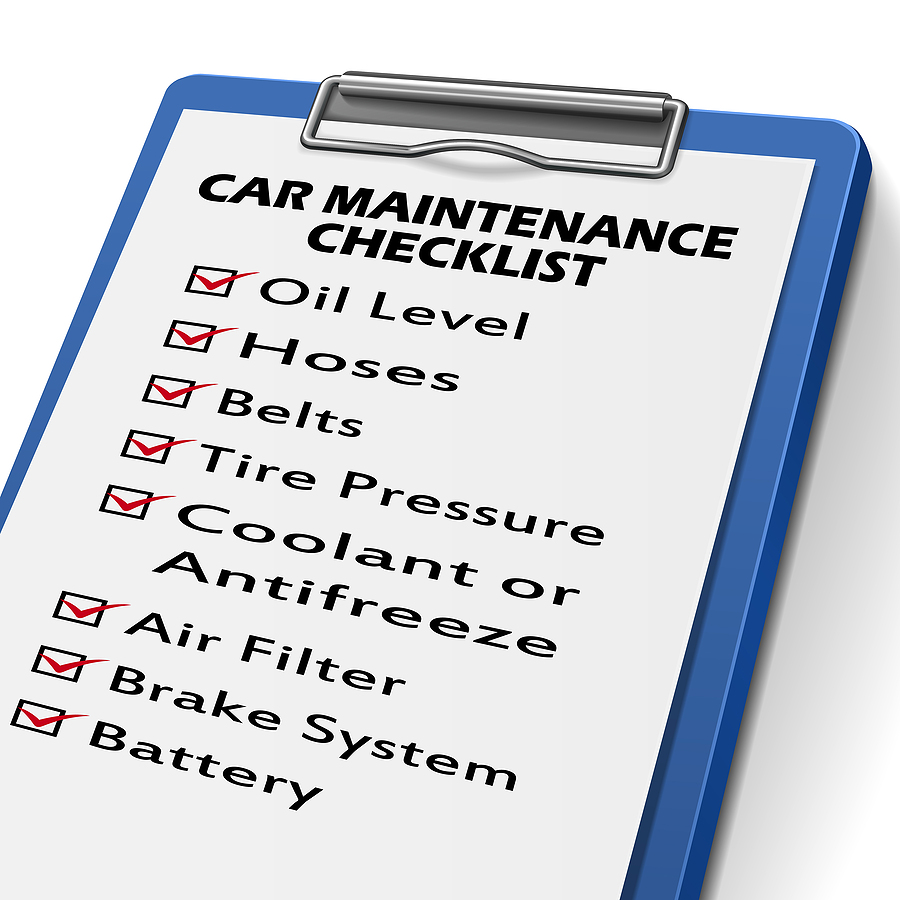
What Your Car Maintenance Schedule Actually Includes
Your vehicle’s maintenance schedule, outlined in your owner’s manual, represents years of engineering expertise and real-world testing. This isn’t arbitrary timing—it’s a carefully calculated plan designed to keep your car running safely and efficiently throughout its lifespan.
Essential Scheduled Maintenance Tasks
- Oil and Filter Changes: The foundation of car care involves replacing engine oil and filters at manufacturer-specified intervals. Modern vehicles may require changes anywhere from 5,000 to 10,000 miles, depending on oil type and driving conditions.
- Tire Maintenance: Regular tire rotations, pressure checks, and tread depth inspections ensure even wear patterns and optimal traction. Proper tire care directly impacts fuel economy, handling, and safety.
- Brake System Inspections: Brake pads, rotors, and fluid require periodic evaluation to maintain stopping power and prevent dangerous brake failure.
- Fluid Level Checks: Coolant, transmission fluid, brake fluid, and power steering fluid all play critical roles in vehicle operation and require regular monitoring and replacement.
- Belt and Hose Inspections: These components experience constant stress and temperature fluctuations, making regular inspection essential for preventing sudden failures.
- Air Filter Replacements: Clean air filters ensure proper engine breathing and fuel efficiency while protecting internal components from contaminants.
The Real Cost of Automotive Maintenance Neglect
Skipping scheduled maintenance might seem like a money-saving strategy, but the consequences often prove far more expensive than the preventive care itself.
Engine Damage from Poor Oil Maintenance
Neglecting oil changes represents one of the most common—and costly—maintenance mistakes. Without fresh oil, your engine develops sludge buildup that restricts lubrication and causes increased friction. This seemingly minor oversight can lead to decreased performance, reducedfuel economy, and eventually complete engine failure requiring thousands of dollars in repairs or replacement.
Timing Belt Failures
Many drivers remain unaware of their timing belt’s existence until it snaps. This critical component synchronizes engine operations, and when it fails, the results can be catastrophic. Interference engines may suffer severe internal damage when timing belts break, often resulting in repair bills exceeding the vehicle’s value.
Brake System Deterioration
Ignoring brake pad replacement doesn’t just compromise your safety—it damages your rotors. What starts as a $150 brake pad replacement can escalate into a $600 brake system overhaul when metal-on-metal contact ruins the rotors. More importantly, compromised braking increases stopping distances and puts you and others at risk.
Cooling System Problems
Overlooking coolant maintenance can cause engine overheating, leading to warped cylinder heads or cracked engine blocks. These failures often require extensive engine rebuilding or complete replacement, transforming a minor maintenance task into a major financial burden.
Tire Wear Issues
Skipping tire rotations creates uneven wear patterns that reduce tire lifespan and compromise vehicle handling. Prematurely worn tires not only require earlier replacement but also decrease fuel efficiency and increase the risk of dangerous blowouts.
The Benefits of Following Your Maintenance Schedule
Consistent adherence to your car maintenance schedule delivers benefits that extend far beyond avoiding breakdowns.
Financial Advantages
Preventative maintenance costs significantly less than emergency repairs. A $40 oil change prevents thousands in engine damage, while a $150 timing belt replacement avoids catastrophic engine failure. Regular maintenance also preserves your vehicle’s resale value, ensuring you receive maximum return when it’s time to upgrade.
Enhanced Safety and Reliability
Well-maintained vehicles provide predictable, reliable transportation. Your brakes stop effectively, your engine runs smoothly, and your tires maintain proper traction. This reliability becomes especially important during extreme weather conditions or emergency situations.
Improved Performance and Efficiency
Fresh fluids, clean filters, and properly maintained components help your engine run more efficiently. This translates to better fuel economy, reduced emissions, and enhanced overall performance that makes driving more enjoyable.
Extended Vehicle Lifespan
Vehicles that receive consistent care often exceed 200,000 miles with minimal major repairs. Regular maintenance prevents the cascade of problems that typically force early retirement of neglected vehicles.
Schedule Your Next Automotive Service Now! ✅
Practical Tips for Staying on Track
Maintaining your automotive maintenance schedule doesn’t require mechanical expertise, but it does demand organization and commitment.
Create a Maintenance Calendar
Record all service dates and upcoming requirements in a calendar or smartphone app. Set reminders for oil changes, tire rotations, and other scheduled services to ensure nothing gets overlooked.
Keep Detailed Records
Maintain a comprehensive service log that includes dates, mileage, and services performed. This documentation proves valuable for warranty claims and helps establish patterns if problems develop.
Find a Trusted Service Provider
Establish a relationship with a reputable mechanic or automotive service center like Northeast Auto Service in Indianapolis. A consistent provider becomes familiar with your vehicle’s history and can spot potential problems early.
Learn Basic Checks
While major services require professional attention, you can monitor fluid levels, tire pressure, and basic component condition between scheduled services. Early detection of problems allows for proactive rather than reactive repairs.
Budget for Maintenance
Set aside funds specifically for car maintenance. Regular budgeting prevents financial stress when service time arrives and reduces the temptation to defer necessary work.
Common Maintenance Myths Debunked
Several persistent myths can lead car owners astray when it comes to maintenance scheduling.
- The 3,000-Mile Oil Change Rule: Modern vehicles often require oil changes every 5,000 to 10,000 miles. Consult your owner’s manual rather than following outdated general recommendations.
- “If It Runs Fine, Skip Maintenance”: Many automotive problems develop gradually without obvious symptoms. By the time issues become noticeable, significant damage may have already occurred.
- Premium Fuel Improves All Cars: Premium gasoline only benefits vehicles specifically designed to require it. Using premium fuel in cars designed for regular gas provides no performance advantage.
- Tire Pressure Only Needs Checking When Tires Look Low: Underinflated tires reduce fuel efficiency and accelerate wear even when they appear normal. Monthly pressure checks prevent these hidden problems.
Frequently Asked Questions About Car Maintenance
How does climate affect my car’s maintenance needs?
Extreme temperatures, both hot and cold, can accelerate component wear and fluid breakdown. Vehicles in harsh climates may require more frequent service intervals for certain components.
Should I use synthetic oil, and how does it affect maintenance intervals?
Synthetic oil typically allows for longer service intervals and provides better protection under extreme conditions. However, always follow your manufacturer’s recommendations regardless of oil type.
What are the pros and cons of using aftermarket parts versus OEM parts?
OEM parts ensure exact compatibility and maintain warranty coverage, while aftermarket parts may offer cost savings. Quality varies significantly among aftermarket suppliers, so research thoroughly before choosing alternatives.
How do I interpret the warning lights on my dashboard?
Dashboard warning lights indicate specific system problems requiring attention. Consult your owner’s manual for explanations, and address illuminated warnings promptly to prevent more serious damage.
What is the role of regular inspections in maintaining car health?
Professional inspections can identify developing problems before they cause failures. Annual safety inspections and periodic comprehensive evaluations help maintain vehicle reliability and safety.
Conclusion
Your car’s maintenance schedule represents the collective wisdom of automotive engineers who designed your vehicle for optimal performance and longevity. Following this schedule isn’t just about preventing problems—it’s about ensuring your vehicle serves you reliably for years to come while protecting your financial investment.
The statistics speak clearly: neglected maintenance leads to costly repairs and dangerous situations. However, proactive car care provides predictable costs, enhanced safety, and extended vehicle life. The choice between preventive maintenance and emergency repairs ultimately determines whether your vehicle becomes a reliable partner or an expensive burden.
Don’t wait for warning signs or unusual noises to appear. Schedule your service appointment today and give your vehicle the care it deserves. Your future self—and your wallet—will thank you for making this smart decision.
Related Post: Ultimate Pickup Truck Maintenance Guide

